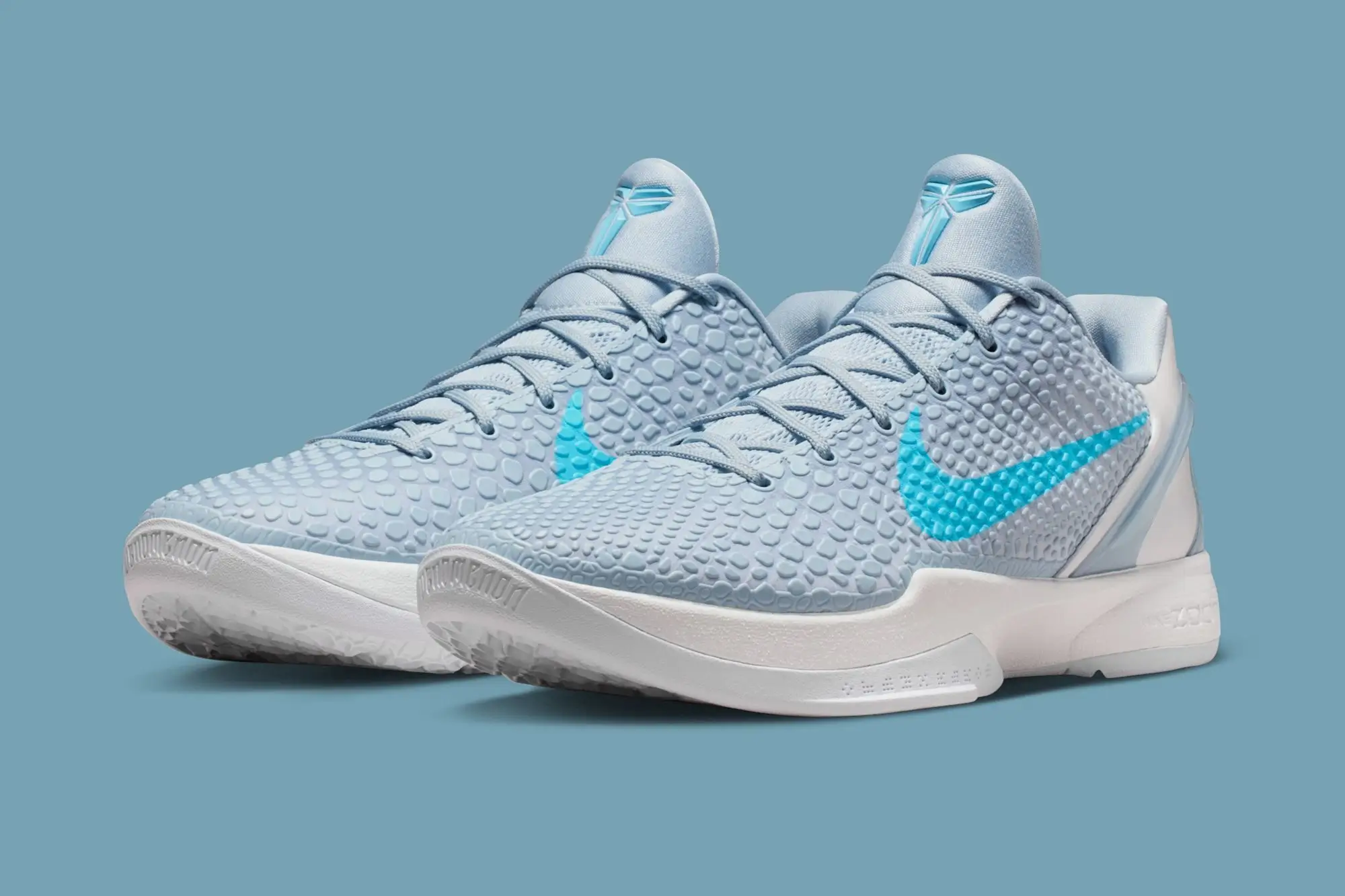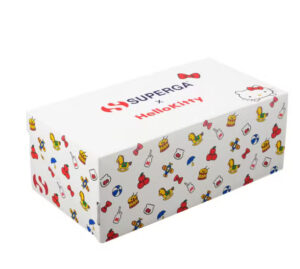Dr. Martens plc has never been a brand that waits for the cultural weather to clear. It marches into storms, stomps through uncertainty, and treats friction not as a threat but as a catalyst. So it feels fitting that the brand’s Oxford Street flagship — long a physical emblem of its rebellious, punk-rooted ethos — has become the stage for an entirely new kind of experiment: a sensory-driven installation built around the launch of the 1460 Rain boot.
The product itself signals function meeting durability; the installation surrounding it signals something larger. It reframes how digital exists within brick-and-mortar spaces and challenges brands to confront a question they can no longer postpone: is your store a passive environment, or an active participant in how your customers think, feel, and behave?
In the centre of London’s busiest shopping artery, Dr. Martens has constructed not just a showcase, but a sensory system — one that ripples, resonates, mirrors, and responds. It’s a reminder that today’s physical retail must speak in the languages consumers already understand: motion, sound, immersion, and interaction.
This is not digital theatre. This is digital behaviour.
a shift
Stepping inside the installation feels like crossing a threshold between product and perception. The floor reacts to every footfall with visual ripples, a kinetic translation of waterproof performance into an embodied experience. You do not simply see the 1460 Rain boot promise protection; you watch the environment respond as if anticipating the weather itself.
Mirrored surfaces extend the space, creating infinite reflections that merge the physical with the digital. Ambient soundscapes — engineered more like film scores than retail playlists — blur the line between utility and emotion. The boot becomes the protagonist, the customer not the observer but the co-author of the moment.
This is where the evolution becomes apparent. Digital retail of the past decade often relied on spectacle: bigger screens, louder visuals, and more content layered onto an already noisy environment. What Dr. Martens demonstrates is that the future of digital is quieter, more intentional, and more integrated. It is choreography, not clutter.
Rather than asking shoppers to watch, this installation invites them to feel — to understand waterproofing through movement, reflectiveness through light, durability through sound. The space becomes a sensory translation device, taking product benefits normally communicated through copy and converting them into instinctual experience.
When customers feel something physically, they remember it emotionally.
the why
For years, brands framed digital in-store as an enhancement — a kind of optional garnish to make traditional retail more contemporary or more “Instagrammable.” It was too often treated as an add-on, a novelty, a press-release-friendly signifier of innovation.
But the modern consumer doesn’t experience the world in silos. Online and offline are not opposites; they are layers of the same narrative. Customers swipe, scroll, step, and speak in overlapping rhythms. Their expectations are shaped not just by brick-and-mortar shopping, but by gaming, streaming, social platforms, and interactive storytelling.
In this context, a store without digital behaviour is not neutral — it is outdated. It fails to speak the languages its audience already speaks fluently: motion, responsiveness, environmental awareness, sensory feedback, and co-authorship.
Digital in-store is not a “nice-to-have” because consumer behaviour itself has become multisensory, multi-screen, and multi-directional. A brand that refuses to adapt isn’t choosing a purer expression of physical retail; it is choosing irrelevance.
style
What distinguishes Dr. Martens’ installation is its refusal to treat technology as décor. The digital layer isn’t a surface; it’s a system. The reactive floor is not a special effect but a metaphor. The mirrors aren’t ornamental but perceptual, expanding the experience beyond its physical limits. The soundscapes are not background noise but emotional architecture.
This is digital designed with intention — digital that behaves. It reacts, shifts, adapts, listens, and learns. It tells you something without saying anything.
In a marketplace where consumers are increasingly fluent in experiential literacy, this distinction matters. If a screen plays a looped video, the customer registers it as noise. If the environment senses their presence and responds, the customer registers it as connection.
Behaviour is powerful because it mirrors human instinct. We remember things that move when we move. We trust things that respond when we act. We feel ownership over spaces that acknowledge our presence.
The true breakthrough is the transition from digital as object to digital as relationship.
lang
Digital’s role within stores has matured beyond visuals. The modern experiential layer relies on emotional communication — a kind of design psychology translated through technology. Motion hints at vitality. Sound hints at atmosphere. Interaction hints at agency.
These elements become tools for emotional storytelling:
• Motion expresses energy, direction, and brand dynamism.
• Sound expresses texture, mood, and emotional resonance.
• Interaction expresses reciprocity, presence, and co-creation.
When Dr. Martens uses movement to signify waterproof ripple, or sound to deepen thematic storytelling, or reflections to create spatial tension, each decision becomes a chapter in the experiential narrative.
This isn’t simply about attention. Anyone can capture attention. The challenge in modern retail — especially in high-footfall districts like Oxford Street — is holding attention long enough to create memory, emotion, and shareability.
Interactivity is how brands claim cognitive real estate. It transforms a glance into dwell time. It transforms dwell time into curiosity. It transforms curiosity into affinity.
idea
The most profound shift in retail today is the move from stores as static spaces to stores as living organisms. Digital behaviour gives the environment breath, pulse, and adaptability. Rather than presenting the brand, it enacts it.
This aligns with how consumers think of identity today — fluid, evolving, responsive, adaptable. Brands succeed when their spaces behave the way their customers behave.
In Dr. Martens’ installation, the environment is alive. It senses. It reacts. It changes depending on who interacts with it. This bi-directional design approach positions the store not as a container for product, but as a medium for relationship-building.
It redefines what brick-and-mortar is for.
Where traditional retail focused on product selection, accessibility, and merchandising, behavioural retail focuses on emotion, embodiment, and multisensory storytelling. It transforms the store from a transactional space into a psychological one.
The installation does not simply display a boot; it displays the logic, feeling, and cultural context of that boot.
emotion
A core insight in next-generation retail design is that customers are not driven by linear journeys. They are guided by emotional arcs — transitions from curiosity to interest to engagement to desire to advocacy.
Dr. Martens’ installation is structured like an emotional crescendo. You enter with intrigue. You step into the ripple floor and curiosity deepens. You witness the mirrors refracting your movement and your perception expands. You hear the ambient soundscape and your emotions align with the brand’s mood. By the time you reach the product itself, you haven’t been introduced — you’ve been immersed.
Retail becomes memory architecture. The experience leaves behind not just a visual record, but a sensory imprint.
This matters because the modern consumer does not buy based on information. They buy based on meaning.
fin
To call this the future of digital retail is both accurate and reductive. The truth is that the digital layer is only as strong as the behavioural philosophy behind it.
The real shift is psychological: brands are finally recognizing that technology in retail is not for spectacle but for meaning. It is not a screen — it is a sense. It is not content — it is choreography. It is not marketing — it is communication.
Consumers expect brands to speak in sensations as much as in words. Those who do will build loyalty. Those who don’t will fade into the noise.
Dr. Martens has proven that digital can be a verb — something that does, not just something that shows. A living expression of brand character.
The question for every brand now is not whether to integrate digital, but whether they can afford not to. Because in an era defined by interactivity, relevance is behavioural.
Stores must move. They must speak. They must sense. They must respond.
They must come alive.
No comments yet.










